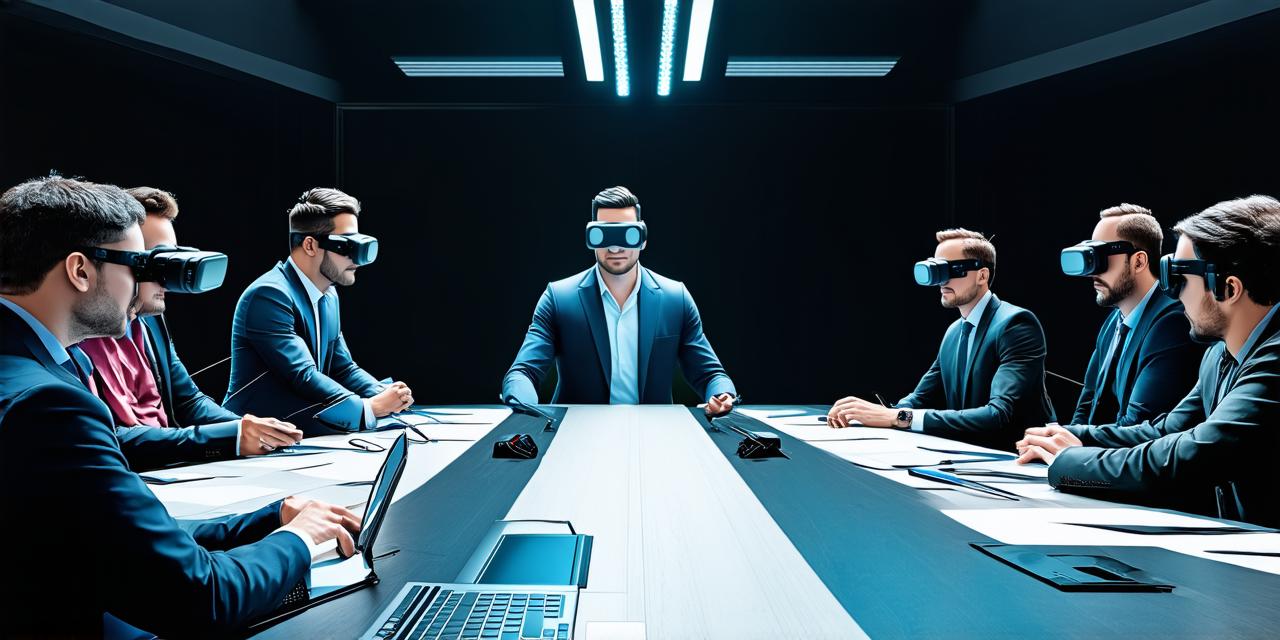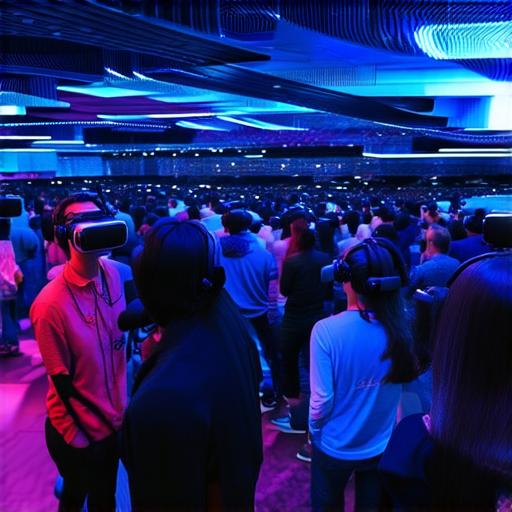
How can a virtual reality work meeting enhance inclusivity more effectively than a conventional Teams meeting?30
As virtual meetings become increasingly popular, it’s important to consider how they can be made more inclusive and engaging for all participants. One solution is to incorporate virtual reality (VR) into the meeting experience. In this article, we will explore how VR work meetings can enhance inclusivity more effectively than conventional Teams meetings.
First, let’s define what we mean by “inclusivity” in the context of meetings. Inclusivity refers to creating a welcoming and respectful environment that values diverse perspectives and experiences. This can help to ensure that everyone has an equal opportunity to contribute and participate in the meeting.

Virtual reality technology provides a unique opportunity to create more inclusive meetings by allowing participants to experience the meeting from different perspectives. For example, if a team is discussing a new product launch, VR could be used to create a virtual prototype of the product that participants can interact with in real-time. This allows everyone to see and touch the product, even if they are located in different parts of the world.
Another way that VR meetings can enhance inclusivity is by providing a more engaging and interactive experience. Traditional Teams meetings can be quite dry and unengaging, which can make it difficult for participants to stay focused and engaged. In contrast, VR meetings can be much more immersive and interactive, allowing participants to feel like they are really in the room together.
This increased engagement can also help to foster a sense of collaboration and teamwork among participants. For example, if a team is working on a project that requires a lot of brainstorming and problem-solving, VR meetings can provide a shared virtual space where everyone can work together in real-time. This can be especially helpful for teams that are located in different parts of the world, as it allows them to feel like they are working together even if they are not physically present in the same location.
Of course, there are some potential challenges to consider when using VR in meetings. For example, not everyone may have access to the necessary equipment or may be comfortable with the technology. It’s important to address these concerns upfront and ensure that everyone has an equal opportunity to participate in the meeting.
In conclusion, virtual reality work meetings can enhance inclusivity more effectively than conventional Teams meetings by providing a more immersive and interactive experience. By allowing participants to see and touch virtual prototypes, feel like they are really in the room together, and foster a sense of collaboration and teamwork, VR meetings can help to create a more inclusive and engaging meeting experience for all participants.


